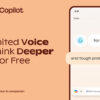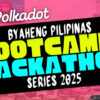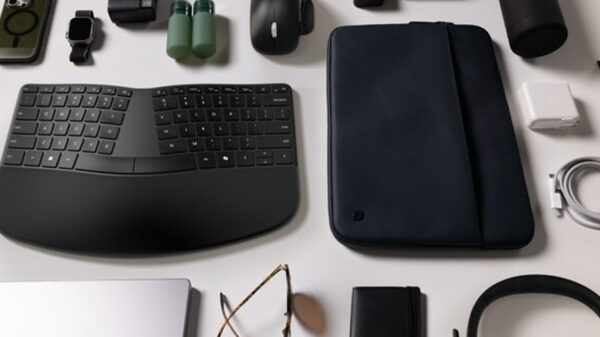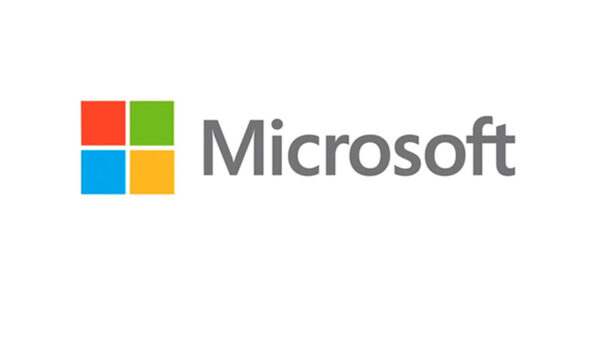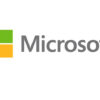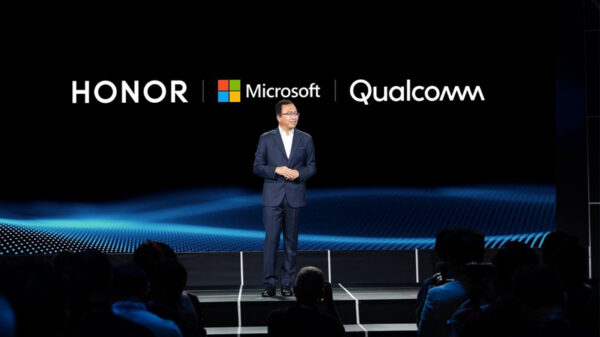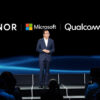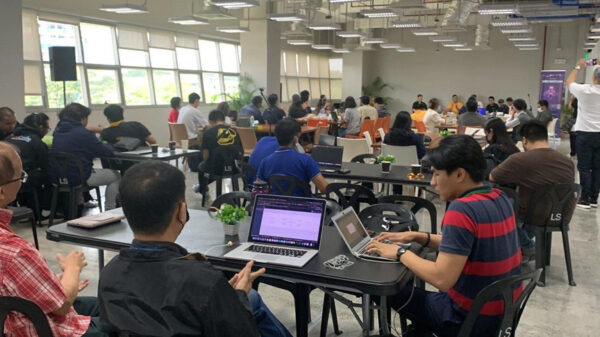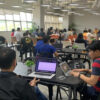The internet is a very important aspect of our life, as our most common source of information and entertainment, and means of connecting with peers and loved ones. However, most websites are not designed to be used by those with visual impairment, making much of the web inaccessible to those with vision loss.

The hackathon was attended by visually-impaired (VI) students from ATRIEV as well as sighted students from other participating schools across Metro Manila. VI students teamed up with their sighted counterparts to re-create a website with the focus on improving web accessibility.
This is the problem that Adaptive Technology for the Rehabilitation, Integration, and Empowerment of the Visually Impaired (ATRIEV) sought to address when it partnered with Microsoft to host its first-ever hackathon last September 9-10 at Ateneo de Manila University. Dubbed “Hack a Site, Hack a Sight”, the event sought to promote web accessibility for all by recreating local, service-oriented websites to comply with the standards of the Web Content Accessibility Guidelines (WCAG).
“Hack a Site, Hack a Sight is very much in line with our mission of providing inclusive and accessible technology to everyone. We’re extremely happy to be part of a project where bright young minds from different perspectives can collaborate and explore the possibilities of accessible technology,” said Bertrand Launay, Managing Director of Microsoft Philippines.
The hackathon was attended by visually-impaired (VI) students from ATRIEV as well as sighted students from other participating schools across Metro Manila. VI students teamed up with their sighted counterparts to re-create a website with the focus on improving web accessibility.
The 18 teams identified the accessibility bottlenecks in the website, and aimed to address several accessibility concerns when they re-created their respective websites. These involved determining whether websites were responsive or mobile compatible, and the specific issues that prevented VI users from accessing these sites.
The young “hackers” then incorporated accessibility features to address each accessibility issue, taking steps to improve the overall user experience of the website. Some teams utilized voice/speech programs like Microsoft’s own API to improve accessibility.
“This hackathon for the blind with the blind truly demonstrated what the word “inclusive” is all about” says Tony Llanes, ATRIEV’s Executive Director. “It showed that both the sighted and the sightless can take advantage of the technology using universal design”.
For some developers, Hack a Site, Hack a Sight was an eye opener. Prior to the event, they had no idea of, or gave very little importance to web accessibility.
“There’s this whole angle of accessibility that was never really considered before. One thing I found really interesting was getting to work with the visually-impaired, and see their perspective on what the internet is to them. There is this whole other side that you need to consider when you make a website,” said Deion Tristan Cosgayon Menor, a 3rd-year Computer Science major at Ateneo de Manila University.
“At Microsoft, we are steadfast in our commitment to providing technology with the best accessibility features in conformance with global standards,” said Launay. “Through technology, we can truly empower everyone to achieve more.”
Through the Coding for Accessibility project, a Microsoft YouthSpark Program, the partnership aims to cultivate computer science skills among young people with visual impairment by providing a platform to grow IT skills sets and getting access to the latest technology tools and resources.




































































































